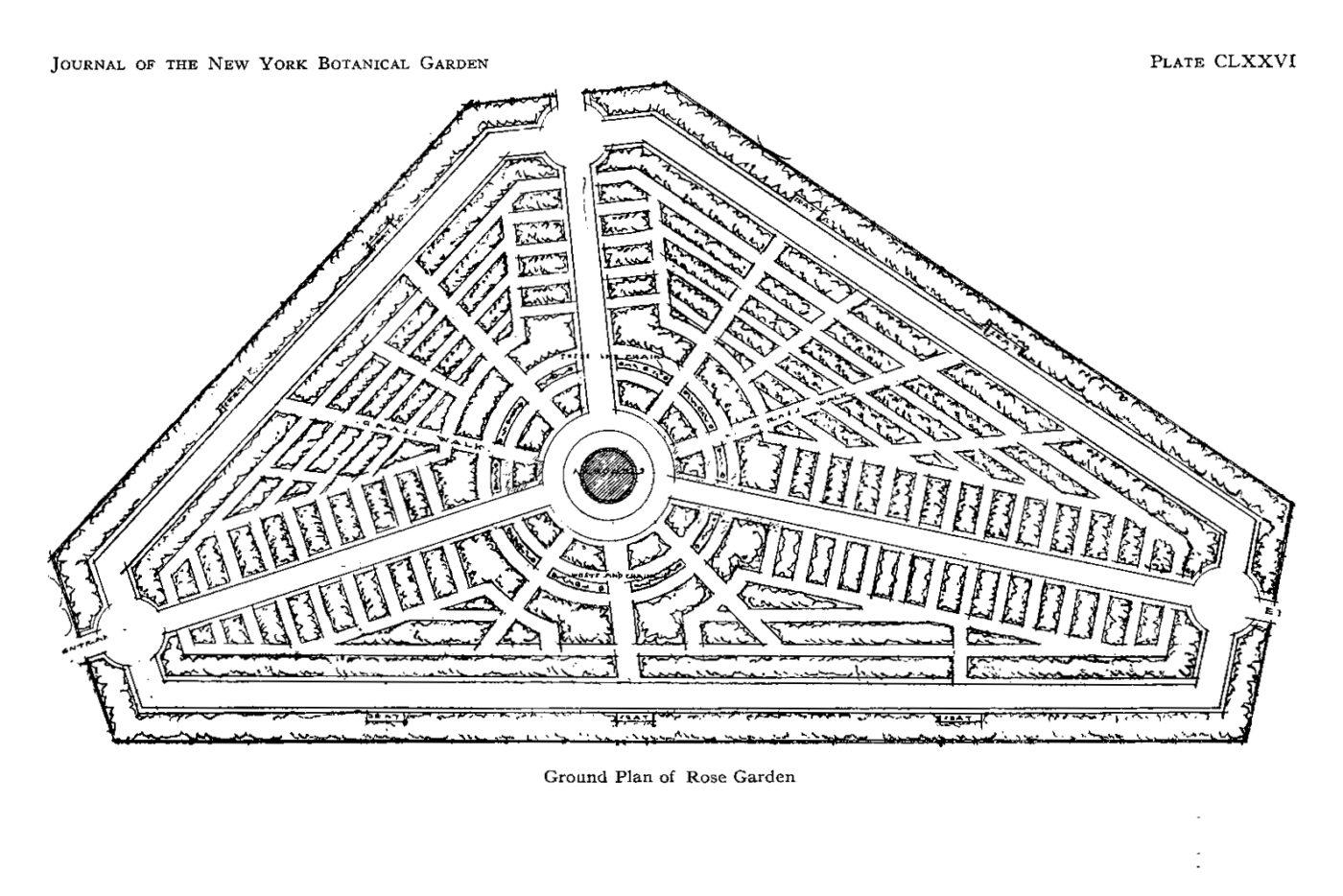Woman Crush Wednesday: Beatrix Farrand


On the northeastern edge of the Greenwich Village Historic District, at 21 East 11th Street, just west of University Place, sits an 1848 late Greek Revival townhouse with a wide stoop topped with a transitional Italianate door. The beautifully preserved townhouse bears a red Historic Landmarks Preservation Center Cultural Medallion in honor of trailblazing landscape architect Beatrix Farrand (June 19, 1872 – February 28, 1959). The plaque reads:
“The landscape gardener lived here from 1872 to 1913. Her 192 commissions include the East Garden (1913) of The White House, and the grounds of Dumbarton Oaks (1922-41), also in Washington, D.C. The niece of the celebrated writer, Edith Wharton, she was the landscape consultant to the Pierpont Morgan Library (1913-43) and designed the Rose Garden at the New York Botanical Garden (1915-16).”
Boiled down into a single historic plaque, Farrand’s epic life and career might inspire a double-take from any passerby. Woman Crush Wednesday is our day to celebrate and highlight the trailblazing and inspiring women who changed the world from our neighborhoods. Today’s object of admiration is Beatrix Farrand.
Born to Frederick Rhinelander Jones and Mary Cadwalader Rawle, Beatrix Farrand (née Beatrix Jones) was firmly ensconced in the wealthy, upper-class social circles of New York City’s elite. Descended from the Jones family, one of the most prominent high society families in New York (about whom the phrase “keeping up with the Joneses” was originally coined), and with Edith Wharton as an aunt and close confidant, Beatrix utilized her familial connections to advance her education beyond what was available to women in the late 19th century. In 1893, Farrand began an informal apprenticeship with Charles Sprague Sargent, who served as director of the Arnold Arboretum at Harvard University, as there were no formal education programs for landscape architecture at the time. By 1899, Beatrix Farrand had established herself as a “landscape gardener” and was one of the founding members, and only female member, of the American Society of Landscape Architects.


One of Farrand’s first large projects was a collaboration with her aunt, Edith Wharton, on the gardens of her Italian-inspired country estate, The Mount. Beatrix primarily contributed to the design of the Kitchen Garden and Entry Sequence. Since Wharton and Farrand were only 10 years apart in age, their careers took off at around the same time. Both women were prolific writers. Wharton began her career in 1897 with The Decoration of Houses, a key text which helped legitimize interior design as a profession, and later pivoted to fiction, winning the Pulitzer Prize for her 1920 novel, The Age of Innocence. Farrand, on the other hand, used writing about gardens and landscape design as a means of elevating her landscape architecture practice. Her writings are primarily essays and serve as astute observation and documentation of the natural and manufactured world.


Beatrix Farrand designed over 200 gardens for clients (both public and private) over the course of her career all over the United States. Thankfully, New York City is home to two prominent Farrand landscapes. In 1903, Pierpont Morgan hired Beatrix Farrand to design a garden for his new home on Madison Avenue between 36th and 37th Street, now the Morgan Library. Unfortunately, this landscape was extensively altered following a renovation in 2019. In 1916, Peggy Rockefeller selected Beatrix Farrand to design the Rose Garden at the New York Botanical Garden. The garden contains over 4,000 rose plants and 680 varieties with flowers in peak bloom. While the garden was not completed until 1988, it stayed true to Farrand’s original design for the landscape.

By the 1920s, Beatrix Farrand was running a successful landscape architecture firm in New York City, staffed almost exclusively by women who graduated from the Cambridge School of Architecture and Landscape Architecture and the Lowthorpe School of Landscape Architectre, Gardening & Horticulture. Farrand’s impact on the field of landscape architecture and the doors she opened for women in the field are unparalleled.
There is no shortage of inspiring and impactful women in the history of Greenwich Village. To learn more about Women’s History in our neighborhoods, check out our Women’s Suffrage History Map, our Civil Rights and Social Justice Map, our “Transformative Women” Tour on our Greenwich Village Historic District Map+Tours, or our “Women’s History Tour” on our South of Union Square Map+Tours.
